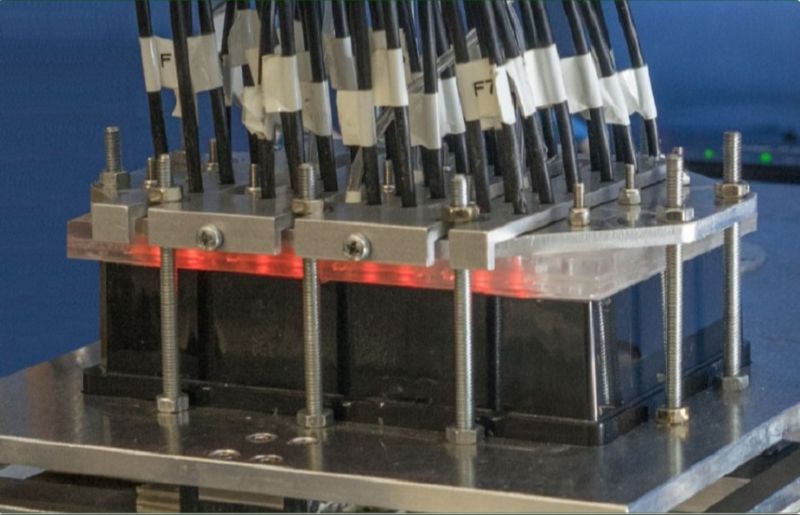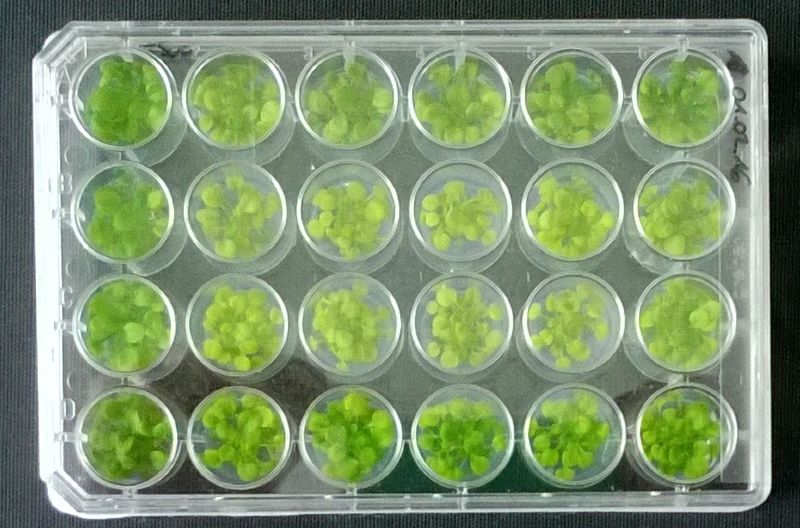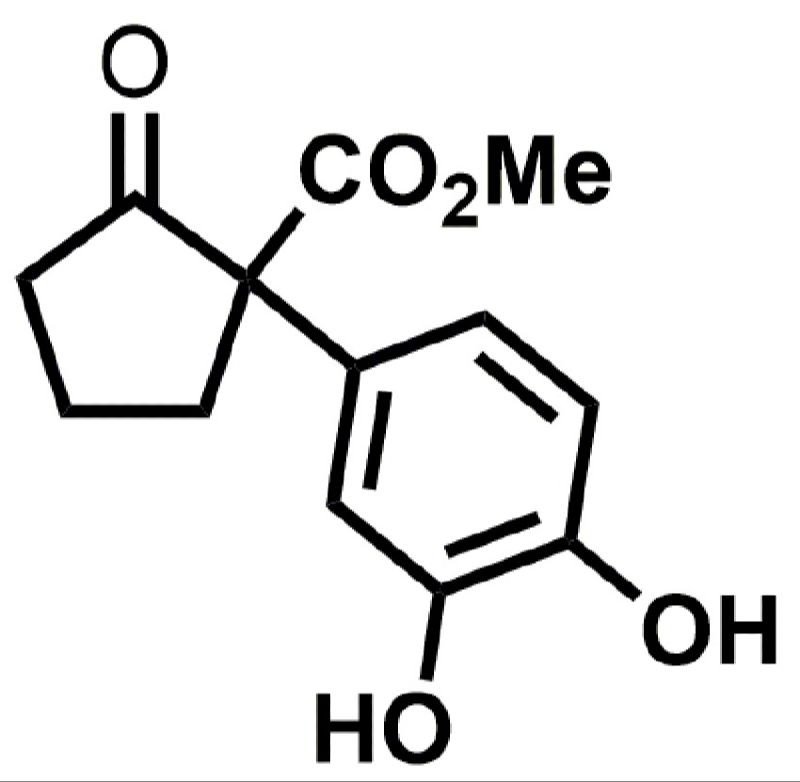
To minimize crop yield loss, there is increasing interest in natural or near-natural substances for effective and environmentally-safe and consumer-friendly plant protection. Of promise are chemical substances that not only fight a potential harmful organism but also strengthen the plant immune system and prepare the plant for possible future infection. Such substances have been identified in the boost fund project “Priming-Active Compounds for Plant Protection“ (PrimACs).
The development of active substances has a long-standing tradition and is of high importance to Germany. Over the past decades, compound development has resulted in the marketing of many drugs and pesticides, which have an essential share in the economic success of the large pharmaceutical and agricultural industries. Domestic sales of German plant protectants was approximately 1.2 billion euros in 2019, for example. However, despite the great effectiveness of pesticides, at least 40 percent of potential crop yield is still lost to diseases and environmental stresses such as drought. This yield loss poses a serious threat that needs to be to be addressed. On the one hand, the world population steadily increases whereas, on the other hand, plants are increasingly used not only for food production, but also for the provision of energy and plant-based products such as fibers or metabolites. Due to the low acceptance of genetically modified plants in Europe but with the simultaneous desire for environment-friendly agriculture, there is a great interest in natural or near-natural substances that enable effective and sustainable plant protection.
Advantages of dually active substances
Natural or near-natural substances are especially promising for environment-friendly plant protection if they not only kill a pathogen or pest but also prime the plant immune system for enhanced defense. Thus, the plant is prepared for a potential infection by pathogens or insect pests. Such dual acting substances otherwise hardly affect the plant. Unlike substances that directly activate the immune response of plants, PrimACs do not reduce yield. In addition, plant pathogens and pests cannot develop insensitivity to dual-acting substances. Therefore, active substances that combat pathogens or pests and simultaneously strengthen the plant immune system are the top sellers of agroindustry. However, plant protectants were often developed solely based on their toxic effect against pathogens or pests, so that their immune-stimulating effect, the so-called priming activity, was recognized only after their market launch. Targeted optimization as a dual-active substance was, therefore, not carried out during product development. This optimization requires appropriate test systems that are suitable for detecting the immune-stimulating activity of substances.

Finding new substances in a targeted approach
This need is addressed in the PrimACs project. A so far successfully used assay for spotting priming-inducing chemistry at RWTH Aachen uses suspension cells of parsley. If the cells are primed by initial contact with a pathogen or upon treatment with a PrimAC, they will secrete higher amounts of anti-microbial substances to the culture medium than unprimed cells. Since the substances fluoresce in ultraviolet light, they can easily be detected and quantified. The parsley test system has proven useful in the search for PrimACs in many ways for many years, for example regarding reliability and speed. However, the test is limited to undifferentiated culture cells and the parsley species. To identify PrimACs using intact plants of other species, the experts of different disciplines at the University Düsseldorf and RWTH Aachen University teamed up to identify new PrimACs.
First, the researchers synthesized enough quantities of more than 50 new, functionally and structurally diverse substances of good to excellent quality. In addition, they included a commercial reference library in the selection, so that a total of 76 substances were tested for their ability to activate priming in plants. While doing so, the collaborators used a novel miniature test system, the so-called µRAMOS, in which seedlings of thale cress were cultivated in microtiter plates. After treatment of the seedlings with a candidate substance, the respiration of the seedlings served as a selection criterion, because respiration increases during activation of priming. Eight new substances were identified using this approach.

They included 1-(3,4-dihydroxyphenyl)-2-oxocyclopentane-1-carbonic acid methyl ester, Tyr020 for short, and some other Tyr derivates synthesized by the interdisciplinary team. The priming function of the newly identified PrimACs was subsequently tested in the laboratory using molecular-biological and biochemical analyses. They included the analysis of genes and enzymes with a role in plant disease resistance. The analyses revealed that treatment of the thale cress seedlings with the newly identified PrimACs resulted in stronger activation of defense responses upon subsequent contact with pathogens. This finding confirmed the priming effect of the newly identified PrimAC.

Successful greenhouse tests
The consortium then transferred the six most promising PrimACs to an agricultural company that tested the substances for their suitability for applied plant protection in the greenhouse. It turned out that Tyr020 protected cucumber from anthracnose disease. However, Tyr020 did not protect sufficiently against other diseases. The protective potential of the other PrimACs was overall too low to develop a marketable plant protectant. Nevertheless, the methodology developed provides a new and promising approach for identifying new substances for plant protection.
Project Coordinator
Prof. Dr. Uwe Conrath, Co-PI: Dr. apl. Prof. Ulrich Schaffrath
ABBt – Plant Physiology, RWTH Aachen
Email
Participating Core Groups
Prof. Dr.-Ing. Jochen Büchs
AVT – Bioprocess Engineering, RWTH Aachen
Prof. Dr. Jörg Pietruszka
Institute of Bioorganic Chemistry, HHU Düsseldorf
Prof. Dr. Uwe Conrath
ABBt – Plant Physiology, RWTH Aachen
Funding Period
01.11.2015 – 31.10.2017
Funding
PrimACs is part of the NRW-Strategieprojekt BioSC and thus funded by the Ministry of Culture and Science of the German State of North Rhine-Westphalia.
Publications
Worgull, D, Öhler, L, Strache, JP, Friedrichs, T, and Ullrich, P (2017) Enantioselective synthesisof 2,3-dihydrofurans via ammonium ylides. Eur J Org Chem, 6077-6080.